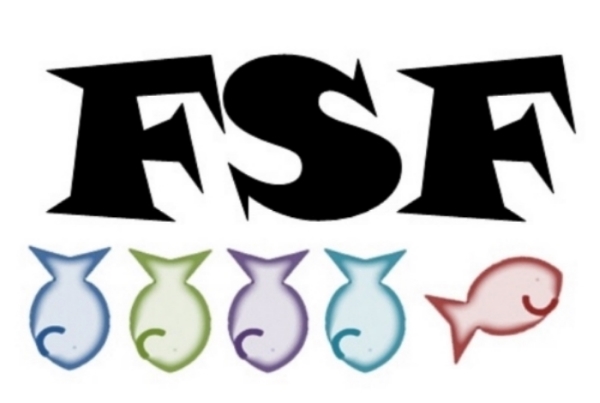I want to take a minute and dispel some myths about writing. Particularly about the pay of a writer.
There’s this pervading misconception that writers make decent amounts of money. That if their book is selling, then they’re rolling in dough. With the exception of JK Rowling’s miraculous rags to riches story, it just simply isn’t the case.
Writers- or at least indie book authors- make a fraction of minimum wage. The creation, writing, editing, and marketing of a book cannot be translated into a per- hour salary. At best you can get paid per sale of the book- which after distributor fees, printing fees, and retail discounts, would give the author a mere .55 per copy. Possibly less.
Writing a book is not a get rich quick scenario.
When my first book (Angel’s Prophecy) came out, my boss at my day job asked in all seriousness, “so when will you be a millionaire?”
Stammering, I had to explain that if I did become a millionaire, it probably wouldn’t have anything to do with my writing career. To which, my corporate boss said “Ah. Then writing is just a hobby.”
That conversation always stuck with me for several reasons. One, the gall that man had to automatically assume that if something one is passionate about didn’t generate a fortune, then it’s a mere hobby and all of that work was easily discounted as a way to pass the time between shifts. Two, needing to explain that just because I wrote a book didn’t mean I was debuting on the New York Times Best Seller List.
I’ve had some time to think about this conversation, to fully come to terms with the real world limitations my passion has. Sure, writing isn’t going to get me rich. It’s not going to pay any bills or keep food in my stomach. I’d be lucky to see any sort of profit when all is said and done. But for me, writing is in my blood. I have to write, to translate these images in my head onto paper. I have to tell these stories that live inside of me. If there’s a chance at making a living at it, then all the better. If not, well? I’ve got my imagination to tide me over.

